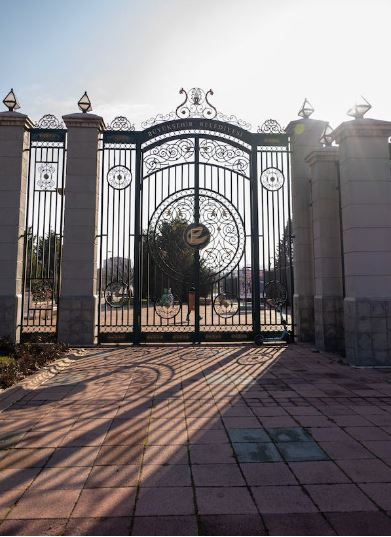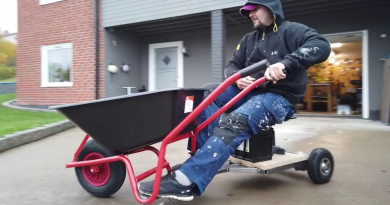A Brief Guide on How to Weld a Pipe Fence
People are often willing to try new things. They watch DIY shows on TV or attend clinics at local home improvement stores before tackling projects around the home. However, they may hesitate to weld a pipe fence because they worry they will mess it up. The average person can handle this task if they know which steps to follow. These steps are outlined below.
Gather the Tools and Materials Needed for the Project
Never begin welding any item until all tools have been gathered and are within easy reach. A welder will obviously be needed to complete this job, and most people choose to use either a MIG or TIG model. Always use welding gloves and safety goggles when operating this machinery to protect the skin and eyes.
Tools that will be needed include metal clamps and a metal cutting saw. Invest in a grinding wheel and pick up a drill bit or hole saw to make holes in the pipe for security gates or other features. Keep marker tape or a marking pen on hand to note where to make the cuts and welds. Finally, collect all steel pipes and fittings that must be cut and place them in the work area. Doing so ensures the welder won’t need to leave the machine once the work begins.
Cutting the Materials
Before cutting any material, measure twice. This ensures the cuts will be made in the right place and material will not be wasted. Once the second measurement has been taken, use the metal cutting saw to trim the material to the desired length. This saw helps make cuts that are clean and precise. Upon completion of each cut, smooth rough edges using the grinding wheel. Ensure all pieces are uniform before welding to establish the perfect fit.
Welding the Materials
When the materials have been examined to ensure they are uniform, the welding begins. Follow the manufacturer’s instructions for setting up the welder and make certain everything is in place before turning the machine on. Using vices or clamps, secure the materials being welded so they won’t shift once the work begins. Weld the materials one joint at a time, following the manufacturer’s instructions. Lay each bead individually until the entire joint is done.
Never overheat the area when welding. If the material gets too hot, it may warp or crack. This is the normal result of thermal expansion and contraction brought on by the use of the welding torch or gun tip. When the welds are complete, smooth any rough edges using the grinding wheel. The welding process often creates these edges so be sure to check carefully for them. Use a wire brush or grinder attachment to remove any surface rust. Finish up by painting or powder coating the materials.
Any person can weld steel pipe and other materials. They must learn the steps involved in doing so and prepare the work area before beginning. The use of the right tools and supplies makes the job easier. Once a person masters this skill they can create pipe fences that are visually appealing and robust. Proper welding techniques extend the lifespan of these fences, so they can hold up to challenging environmental conditions with ease. Property owners will find they have a secure property and peace of mind knowing their fence will keep loved ones in and unwanted visitors out.




